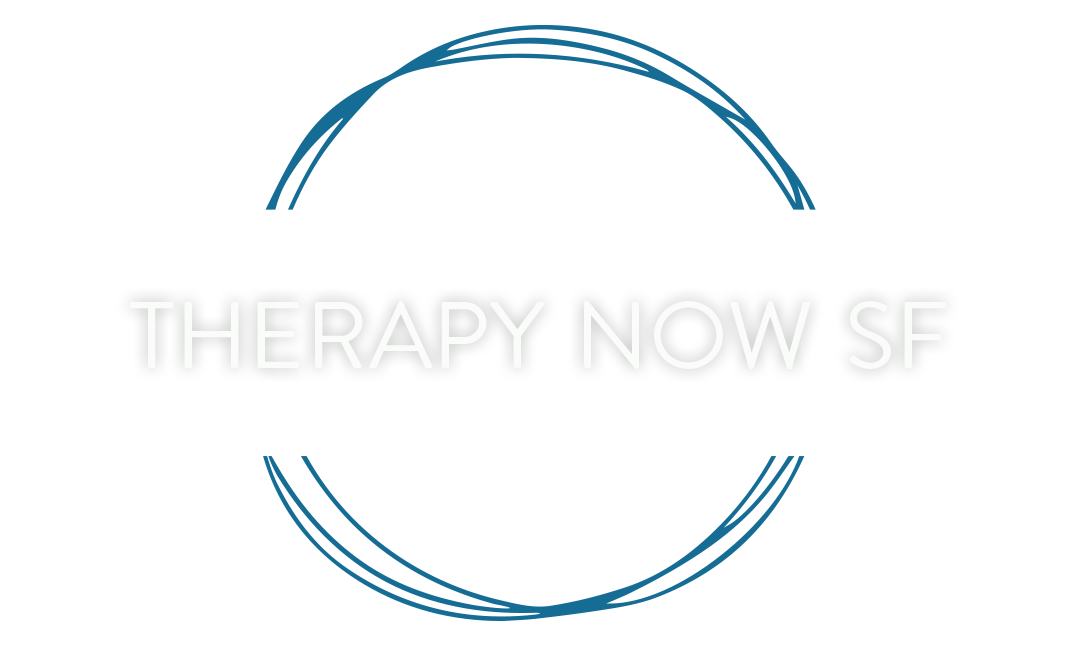By Dr. Andrea Zorbas
In our quest for happiness, we often find ourselves navigating a complex emotional landscape. At Therapy Now SF, we understand that happiness is not a one-size-fits-all concept but a deeply personal journey. This blog explores the multifaceted nature of happiness and offers insights into achieving a state of enduring contentment.
“Our happiness is deeply intertwined with the quality of our relationships”
Understanding Happiness:
Happiness transcends fleeting moments of joy, embodying a state of well-being characterized by meaning, satisfaction, and a profound sense of fulfillment. It's a harmonious balance between life's pleasures and a deep-seated contentment with one’s life as a whole. Recognizing happiness as both a journey and a destination allows us to appreciate the steps we take toward it.
Factors Influencing Happiness:
Happiness is influenced by a mix of external and internal factors. External factors include our relationships, career, and the environment we live in. Internal factors encompass our mindset, health, and personal goals. Achieving happiness often requires a balance between seeking fulfillment from the world around us and cultivating our inner well-being.
Practical Tips for Cultivating Happiness:
Setting Realistic Goals: Goals give direction and meaning to our lives. Therapy Now SF encourages setting achievable objectives and celebrating every victory, no matter its size, to foster a sense of accomplishment and joy.
Practicing Gratitude: Adopting a gratitude practice can significantly alter our perception of life. Focusing on what we have, rather than what we lack, cultivates a positive mindset and enhances our overall well-being.
Building Meaningful Relationships: Our happiness is deeply intertwined with the quality of our relationships. Investing in supportive and uplifting connections can provide a strong foundation for lasting happiness.
Finding Flow: Engaging in activities that challenge and immerse us fully can lead to a state of "flow," where time seems to stand still, providing deep satisfaction and joy.
Identifying Your Values: By understanding what we value, we prioritize what is meaningful and what we find fulfilling. It helps brings clarity into how we want to spend our time.
Overcoming Obstacles to Happiness:
Life is full of ups and downs, and facing challenges is inevitable. Dealing with negative emotions, managing stress and anxiety, and overcoming setbacks are all part of the journey. Understanding that happiness is not the absence of problems, but the ability to deal with them effectively, is key.
Seeking Help When Needed:
For those times when happiness seems elusive, reaching out for professional support can be a crucial step. Therapy Now SF offers a compassionate space to explore personal challenges, providing the tools and guidance needed to navigate the path toward happiness.
Happiness is a deeply personal yet universally sought-after state. By understanding its complex nature and actively working towards it, we can enhance our quality of life. The therapists at Therapy Now SF is here to support you on this journey, offering insights, strategies, and professional guidance to help you find and maintain your happiness. Remember, the pursuit of happiness is not just about the destination but the journey itself. Embrace it with intention and support.


